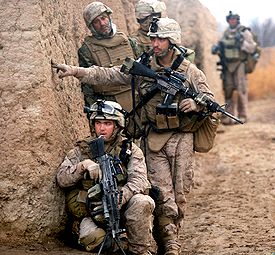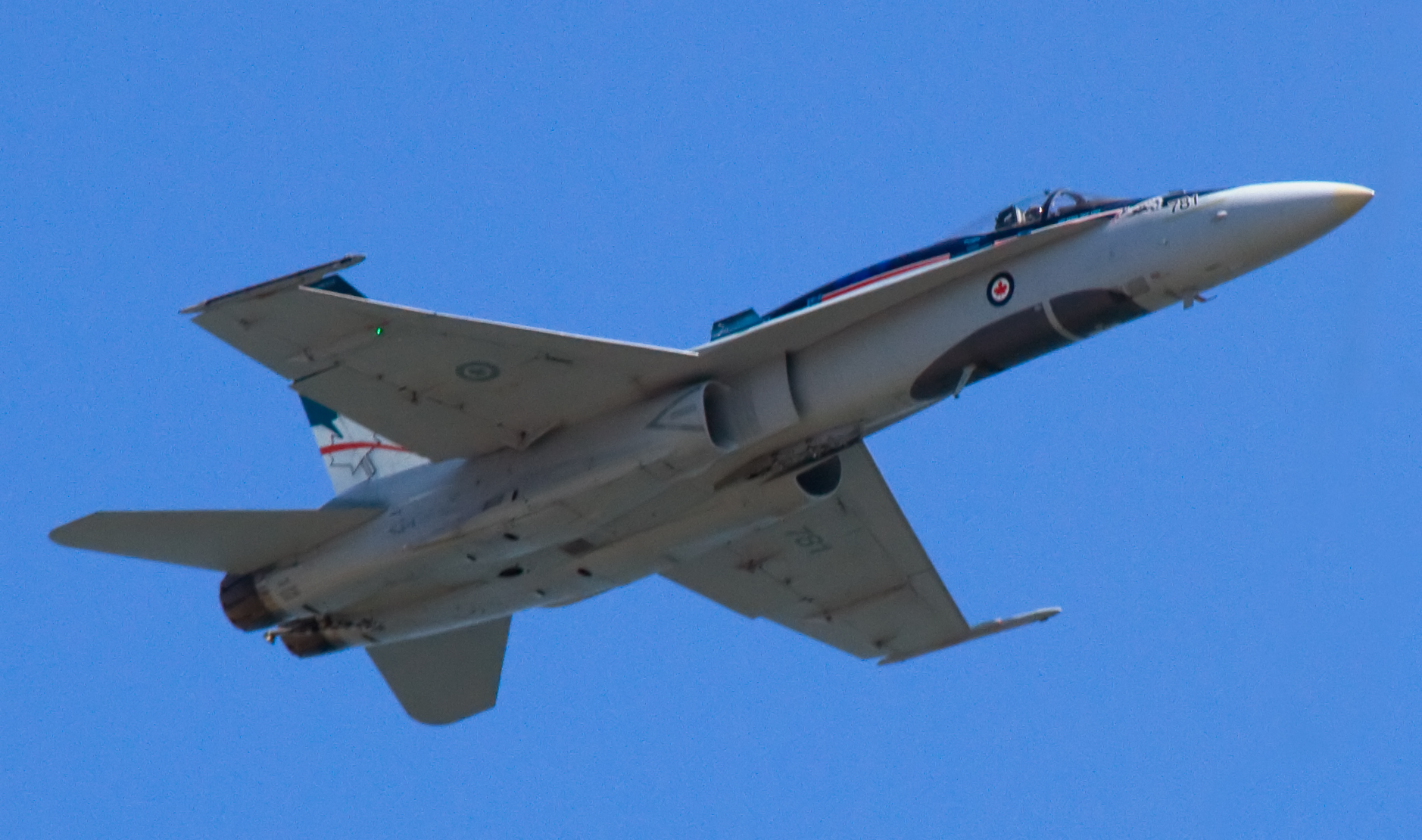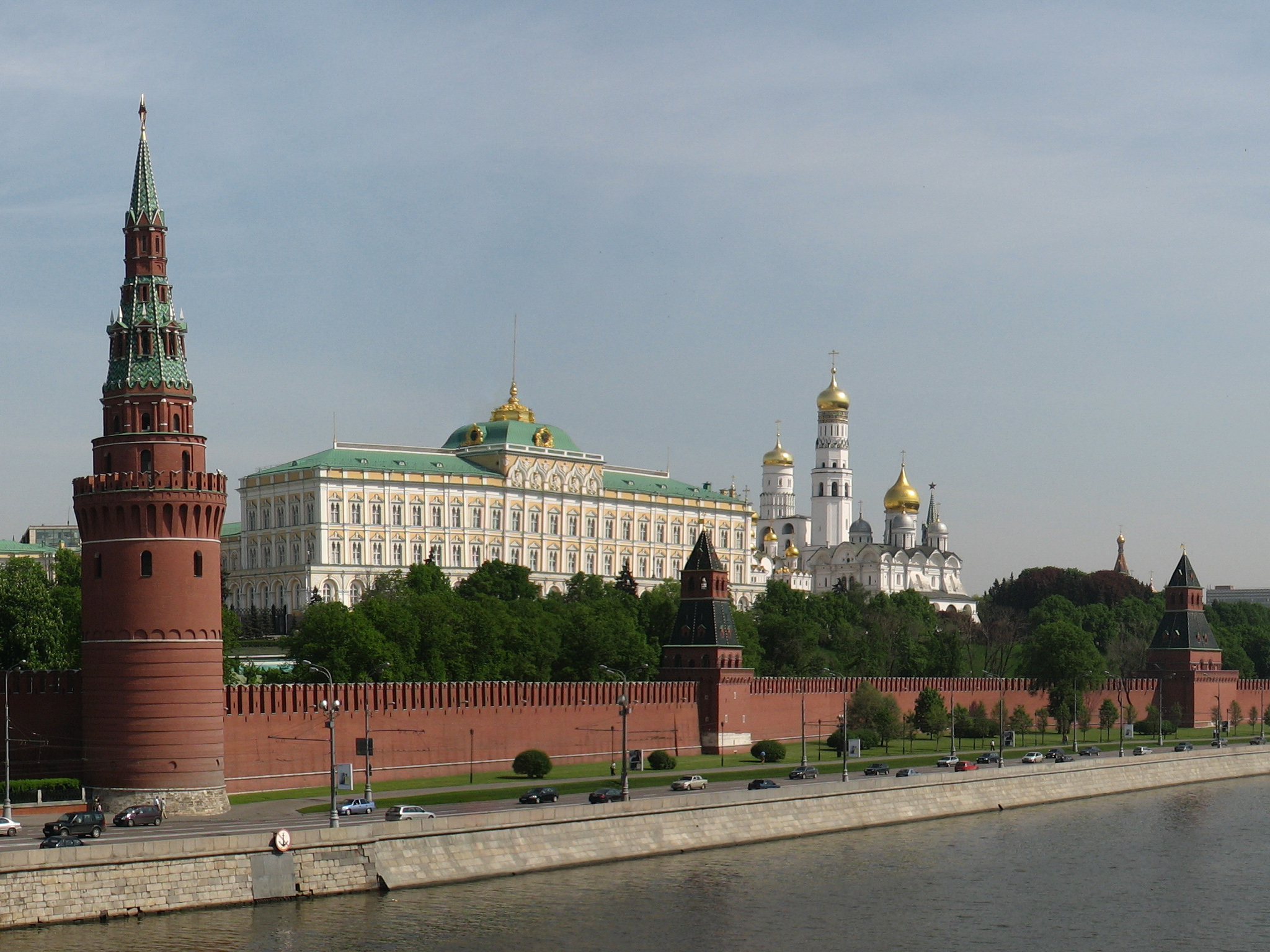Not yet.
As the largest conventional military force in the world by some distance, it is expected that when the gloves come off, the United States will fight with fists of fury covered in billion dollar brass knuckles, enough to deal a knockout blow to any challenger. This overwhelming display of power, however, belongs to the twentieth century. More specifically, it belongs to the World War II era, conflicts defined by total war. In asymmetric wars, the unconventional challenger knows the force and power of the brass knuckled fists and knows it cannot beat them; but it will do everything in its power to let them swing until they grow tired or until it becomes too expensive to swing or others start to hate the destruction caused by swinging so much.
All asymmetrical conflicts are different and fighting in one never completely prepares you for another. On a balance sheet, it is nearly impossible to measure the non-material aspects of asymmetric forces: their political will, their intimate knowledge of their land and terrain, and their commitment to realizing political and social goals, which may involve high levels of self-sacrifice, martyrdom, and religious fanaticism. It is clear that the United States does not want to manage long-term global wars indefinitely. They are politically exhausting and alarmingly expensive. In asymmetric wars, the United States often fights (and loses) domestic battles of the media, public trust, constitutional integrity, or taxpayers’ contribution to financing of the war.
The United States experienced long and intense asymmetric warfare in Vietnam. It sought a full confrontational and decisive victory, an imposition of terms and the satisfaction that the world (and the Soviet Union) could identify a winner and a loser. According to analysts at the Centre for Asymmetric War, a U.S. think tank, this is a mindset and style to fighting war that still bears a World War II stamp: the belief that technological supremacy and political will are the essential ingredients to decisive victory. Large conventional wars often return to a status quo, unless they involve the dissolution of empires, such as the Austro-Hungarian and Russian empires following World War I.
By contrast, symmetric conflicts radically change the political and social circumstances of the countries that birth them. The 1950s Mau Mau uprising forced the British colonial authorities to not only seriously re-consider its policy towards managing Kenyan ethnic communities, but questioned its own status as the colonial manager. In modern Iraq, years of repressed anger at Saddam Hussein’s bullying Ba’athist regime erupted into an enormous sectarian conflict following his deposition. The country is still learning how to make sense of imported democratic institutions and concepts amidst a hangover of terror and repression.
In this century, the United States is finding the terrain of fourth generation warfare difficult to traverse. Asymmetric “armies” depend increasingly on complex and multi-layered networks with independent financing operations. As diligent drones strike terrorist training camps, many move to the Internet, often on U.S. servers. Causes and interests are replacing loyalty to the nation-state, the defined political unit with a history and values. In certain wars, sacrifices to the motherland are now sacrifices to the ideal, philosophy, or imagined religious utopia.
The United States is not yet ready to manage the inevitable asymmetric conflicts of this century. Iraq’s fragile democracy and Afghanistan’s terror void may count as minor successes, but there are no convincing reasons why these countries will not be future asymmetric battlegrounds. By learning from past conflicts, the United States military can learn a few valuable lessons about warfare. The United States can learn to better cope with asymmetric threats by reducing its reliance on heavy weapons combined with changing its strategic preoccupation with decisive victory. As its enemies have learned to adapt, the United States too must learn to adapt, change, and develop successful new asymmetric strategies for its wars.




